-
 play_arrow
play_arrow
Clubalicious Clubalicious Radio
-
 play_arrow
play_arrow
London Calling Podcast Yana Bolder

Once M3’s broadcast audio trucks were onsite outside Radio City Music Hall, there was still plenty that needed to be accomplished in the days preceding the SNL50 concert broadcast. Don’t pass up Part One!
There was a lot to keep track of, as the production required M3 to use 224 channels of preamps rack per truck. “That’s four racks for each truck,” Singer explained. “I don’t think any show has been that large for us. When we did the Taylor Hawkins tribute oncert at The Forum in L.A. with Bob Clearmountain mixing, that was 224, but that was to one truck—this was double. It might be the most I/O that has been put on a stage to date; it was just insane as far as how much patching had to be done. Hats off to my guys, Jimmy Goldsmith and Mike Fortunato, who did it all and made sure every single channel worked right. It was stellar.”
Because M3 avoids preamp-sharing, each truck had its own set of four identical racks. Inside the venue, the main stage featured a spinning platter with A and B sides—and thus A and B racks—while a C rack covered a side stage and a D rack handled all performance RFs and Pro Tools systems’ playbacks. Throughout the show, the two trucks alternated mixing performances, but it was crucial that both have access to all channels. “We wanted accessibility to either the A or the B, because if something changed during the show and all of a sudden an act had to be on the B split from this truck that went to the A truck, you needed access to it immediately,” Singer explained.

The A truck was Eclipse, where Eric Schilling mixed acts that came on and off the A side of the rotating stage, such as Bad Bunny and the appropriately named Post Nirvana, with Nirvana fronted by Post Malone. Meanwhile, Phoenix became the B truck, with Lawrence Manchester mixing the B side, where The Roots stayed set up throughout the show, backing different performers.
The Eclipse and Phoenix trucks, though different sizes, have similar systems based around identical Lawo MC256 48-fader surfaces. Though Phoenix is smaller, it has become more advanced, being used for immersive mixing (though not for the SNL event) due to its new Genelec Ones monitoring system of 8341 and 8331 three-ways, 8330 top speakers and 7360 subs. Otherwise, the trucks are similarly outfitted, each sporting a Waves SuperRack, a t.c. electronic 6000 and 192 channels of Pro Tools, doubled-up so that there’s a master and a safety in each truck.
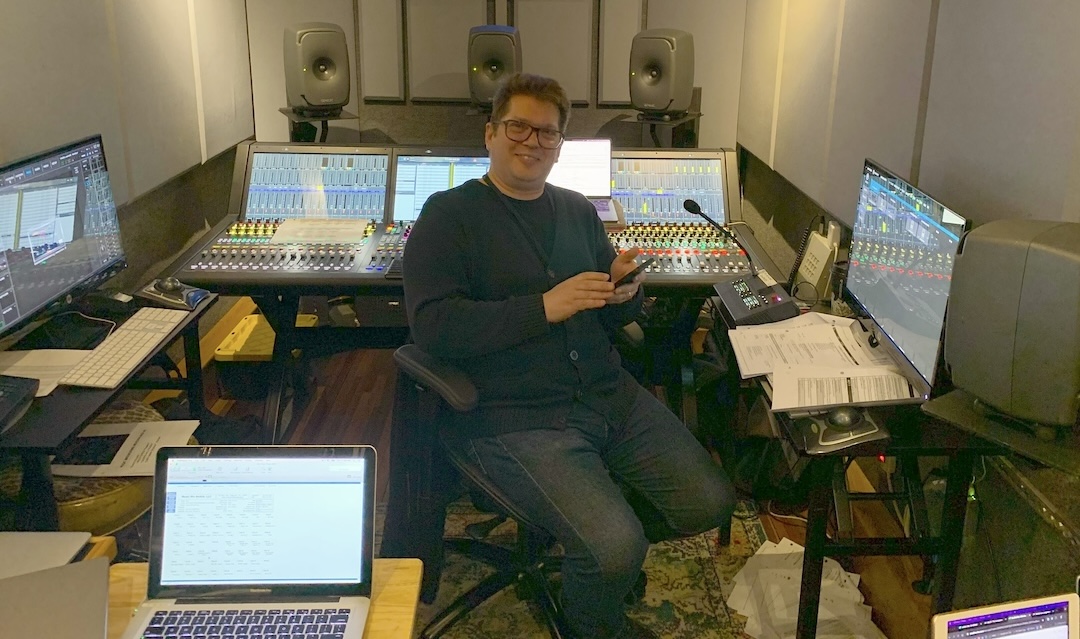
As the week progressed, New York’s winter weather dumped snow and rain on the trucks, but M3’s focus remained on the SNL50 concert rehearsals inside Radio City, as the team worked to hone and refine mixes in collaboration with artist reps. Come Friday, it was time for the rubber to hit the road.
“We had one of the oddest dress rehearsals I’ve had in a long time, where certain things weren’t working and it took almost four hours to do,” Singer recalled. “We all sat down as a group and said, ‘This is what we have to do to solve this’—and we did. The show went off without a hitch, and that’s a true testament to the entire audio team, from Firehouse Productions who did sound inside Radio City, to deck A2s, to truck people, to the unions onsite, to everything.”
Out in the trucks during the show, the audio team had the additional moral and, if needed, technical support of top brass from different manufacturers, such as Tony Staires, Lawo’s North American sales director, and Will Eggleston, marketing director of Genelec, plus pros from Waves. “It’s something that you don’t come to expect,” said Singer, “but when it happens, it’s great to have them around, just in case.”
The weeks of planning, trekking across the country and more paid off, as the SNL50 concert came together for an enjoyable, entertaining evening. “It was good, it was funny, it was heartwarming, it was every adjective you can use to describe what a great music show is,” said Singer. “Music is the most fun stuff you can do in your life, and I’m fortunate enough to be part of events where you sit there and go, ‘Wow!’ We’re not solving cancer, and this is not rocket science, but at the same time, it makes a lot of people happy for a good amount of time, and it’s great to be a part of that.”
Written by: Admin
Similar posts
Recent Comments
No comments to show.Featured post

Latest posts
Current show
Upcoming shows

Get Twisted
Tough Love
09:00 - 10:00
On Air
Anna Tur
10:00 - 11:00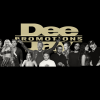
Fresh Is Fresh
This Weeks Hottest Releases
11:00 - 16:00
Redolent
DJ Chus
16:00 - 17:00
Hot House Hours
Dave Baker
17:00 - 18:00Chart
Powered by Dee jay promotions visit us









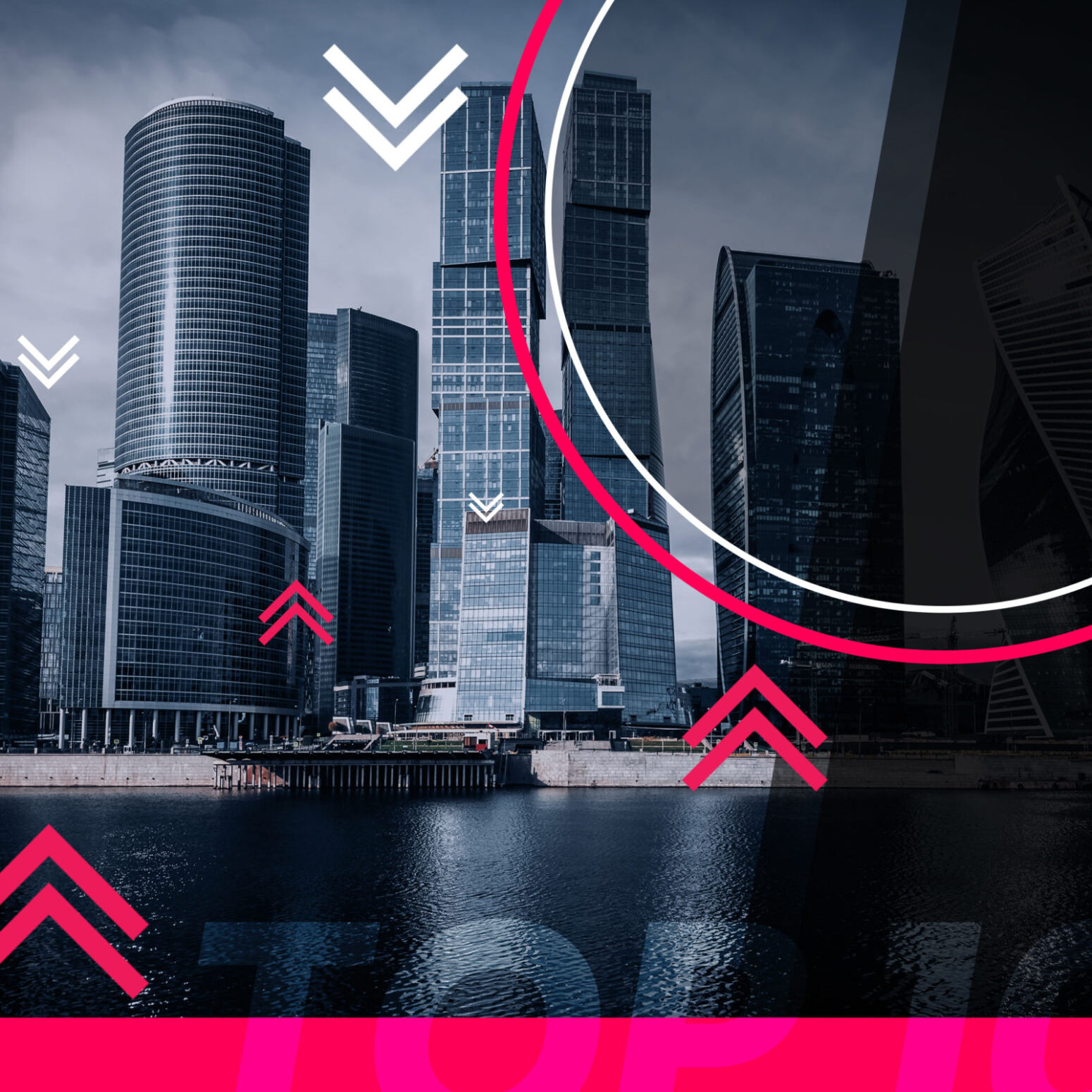
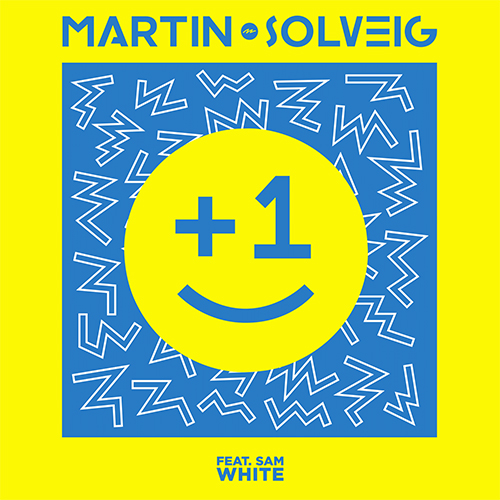
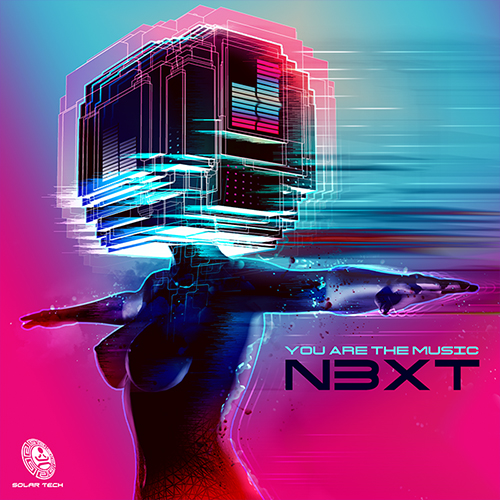

 Invalid license, for more info click here
Invalid license, for more info click here